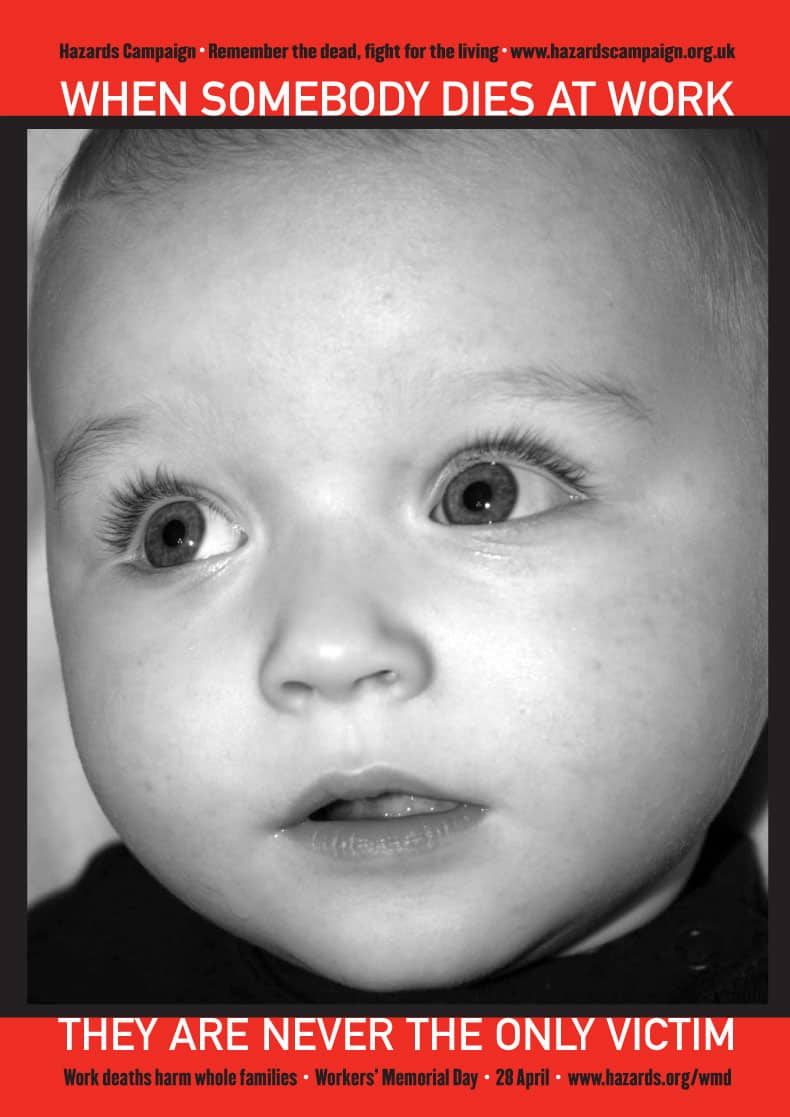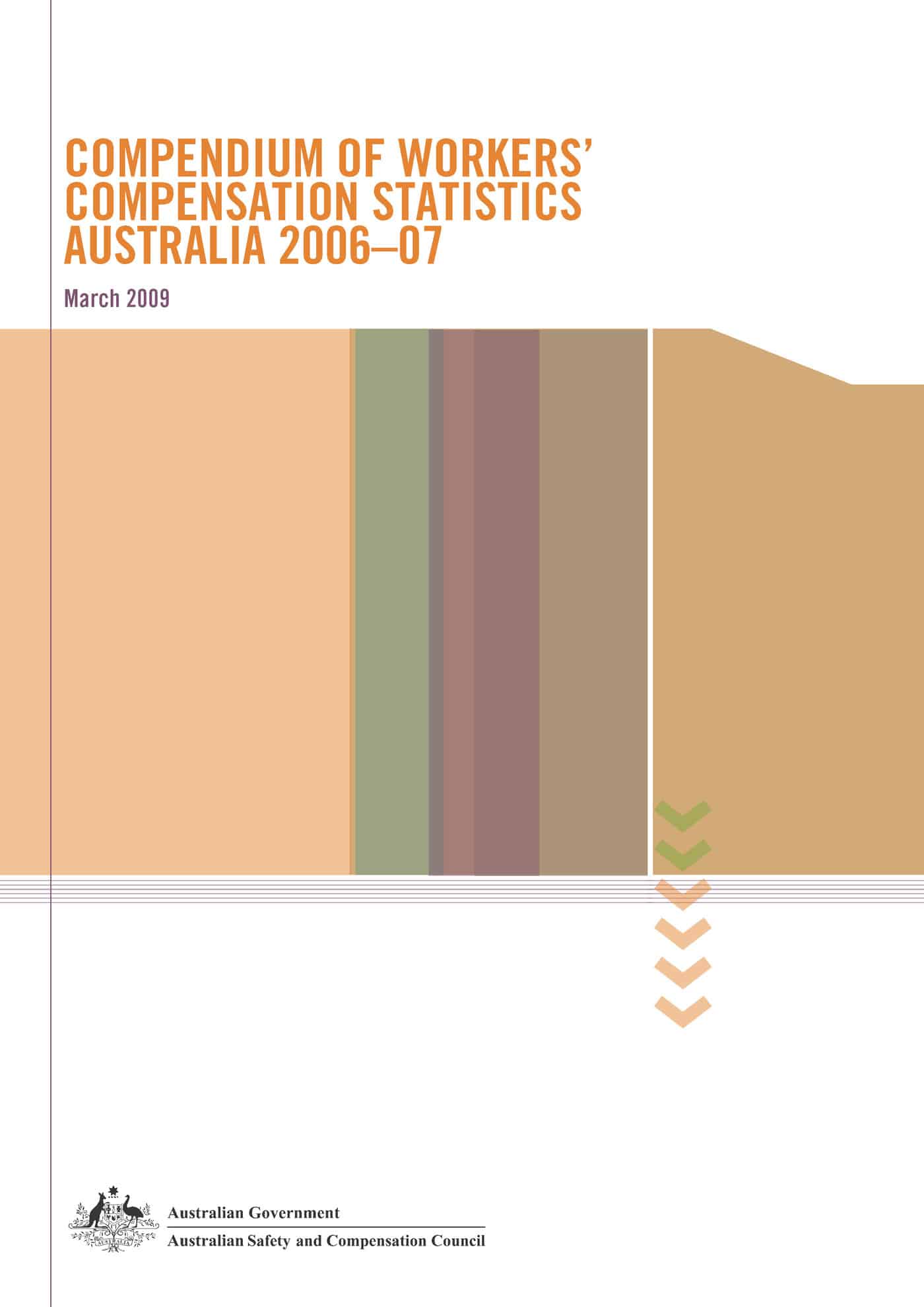In 2000, Melody Kemp was interviewed for Safety At Work magazine about her experience monitoring Western corporations’ workplace safety in Asia. Below is an extract of that interview.
The full interview is available by clicking the HERE.
Recently you were part of an international OHS inspection team in Indonesia. Can you tell us about that?
I guess the reason I became part of the team was that I was known to the social research group that we were working with. First, Reebok, who we were working for, put the job out for tender, which was actually quite unusual. Normally the other shoe companies tend to elect an international consulting accounting firm like Price Waterhouse or Ernst Young.
The woman who took over the human rights job used to work for the Asian Foundation and she had a totally different set of beliefs. She had a background in social activism and human rights, so she was interested in a different approach. Being as independent as they could be they decided to take this opportunity. They subcontracted to a prominent social research group who have worked for World Bank and have a lot of status.
Also, they were all Indonesians while I was the only foreigner on the team but I also speak Indonesian. A major factor was that we were all familiar with the language and culture. They needed an OHS person, they preferred to work with a woman, and I was the only woman they could find in Indonesia with that mix of skills.



